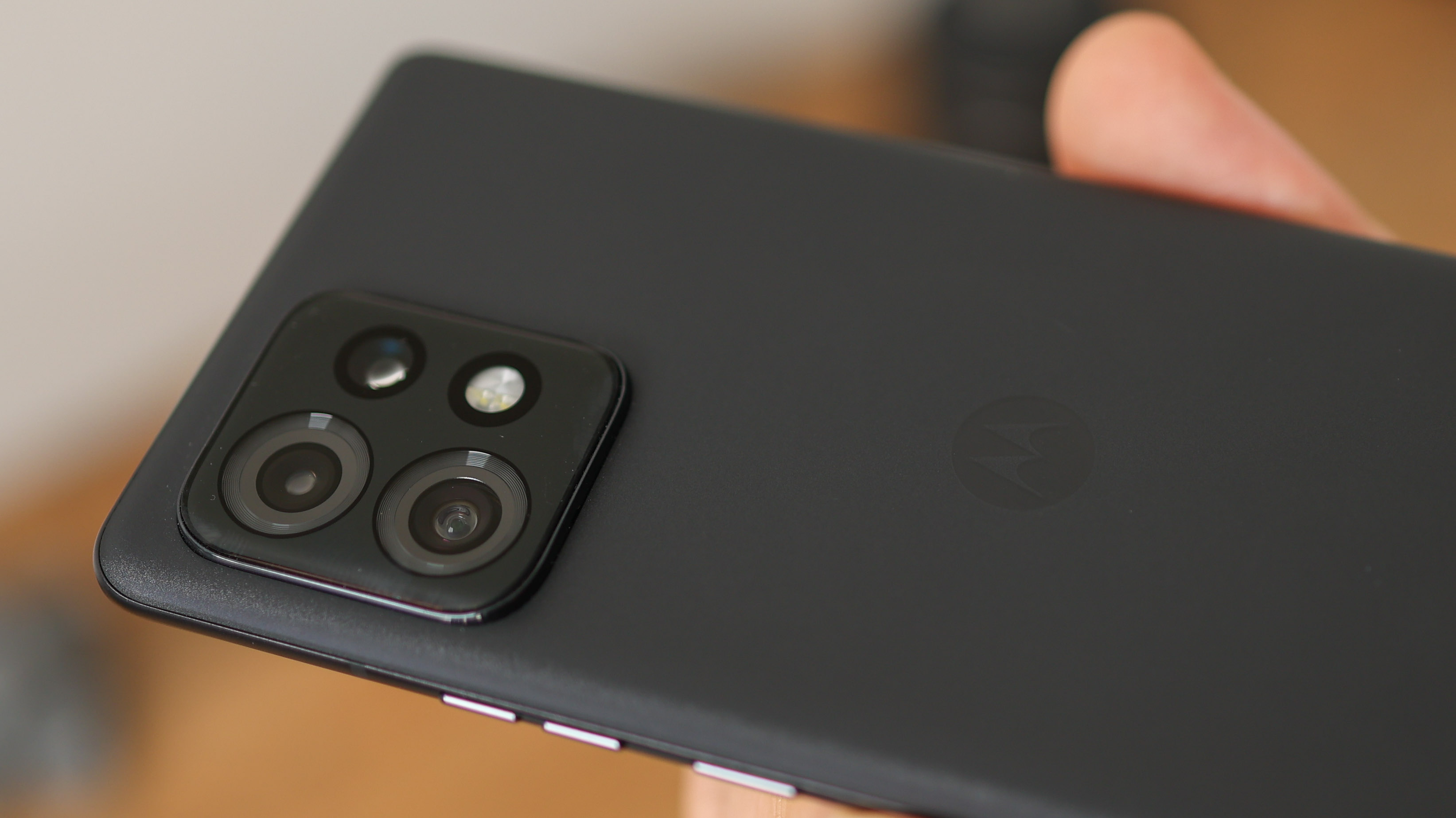Motorola Edge 40 Pro mixes it up with OmniVision camera sensor and 165Hz display
Motorola mixes and matches camera sensors from OmniVision, Samsung and Sony in its 2023 flagship Edge 40 Pro

Motorola has announced the global release of its Edge 40 Pro flagship smartphone, a £799 (roughly $1,000 / AUS £1,480) featuring two attention-grabbing inclusions, a screen with a lightning-quick 165Hz refresh rate, and a main camera sensor made by relatively unknown sensor designer – OmniVision.
When compared to big hitters like the OnePlus 11 and Samsung Galaxy S23, its camera mix might not sound that interesting on first impression with its 50MP main camera resolution and a maximum 2x optical zoom, the fact Motorola has opted for an OmniVision sensor to lead the charge could mark a continued shift in flagship smartphone imaging.
While most high-end smartphones are launching with Samsung or Sony sensors, from the 1-inch Sony IMX989 in the Vivo X90 Pro, to the 200MP Samsung ISOCELL HP2 in the Galaxy S23 Ultra, more brands are looking to OmniVision, a lesser-known image sensor maker to power their camera experiences of late.
Who is OmniVision?
OmniVision is an American subsidiary of the Chinese company, Will Semiconductor, and its camera sensors power webcams – both for laptops and standalone, surveillance equipment, automotive parts and more.
When it comes to smartphones, OmniVision is best known for making secondary cameras, like the 2MP macro cameras in many midrange phones. In recent years, though, OmniVision sensors have been climbing the ranks, featuring as primary cameras in more devices.
The first reputable flagship we can recall with an OmniVision main camera was the Lenovo Legion Phone Duel, a gaming phone with a 64MP OV64A sensor. Now, with its Edge series, Motorola, a Lenovo company is clearly doubling down on its relationship with the camera sensor maker, packing a 1/1.5-inch OV50A primary sensor in its Motorola Edge 40 Pro.
Motorola Edge 40 Pro key features
The Moto Edge 40 Pro is a fine-looking, powerful phone that's made of glass and metal. We've spent a week with it, and love how it looks – the screen is curved on all edges, there's a sand-blasted aluminium frame, and it isn't too big, with a low-on-bezel 6.67-inch screen.
The best camera deals, reviews, product advice, and unmissable photography news, direct to your inbox!
Protected by Gorilla Glass Victus, and packing IP68 water and dust resistance, the phone's hardy, and it also ships with a case in the box and a pre-fitted screen protector for some added value.
In addition to that primary 50MP OmniVision camera, the phone has a Samsung-powered ultra-wide which doubles up as a macro camera, and a 12MP telephoto camera, with a Sony sensor matched with a 2x zoom. Most interesting about the telephoto camera is its wide f/1.6 aperture, atypically open for a camera with reach.
Motorola's camera packs a few notable highlights: the inclusion of night vision video, and a new horizon lock feature. There's also a 60MP selfie camera too – powered by another OmniVision sensor.
The Edge 40 Pro should deliver mighty gaming performance with its Qualcomm Snapdragon 8 Gen 2 power, which is matched with 12GB LPDDR5X RAM. It also has 256GB UFS 4.0 storage, though no SD card expansion options.
The screen also looks set to be a high-point of Motorola's latest flagship with its sky-high 165Hz refresh rate and Dolby Vision credentials. With a peak brightness of 1300 nits, it also gets very bright, so content should be easy to see indoors or out.
Loaded up with wireless charging and very fast 125W wired charging, complete with a charger in the box, it looks like all the specs are on point. So whether or not the phone is the best camera phone of 2023 when we come to review it in the coming weeks will come down to that OmniVision sensor, and Motorola's photo and video processing – check back for our verdict.
Read More: Find out more about the latest phones with our guides to the best Android phone, the best budget camera phone, and the best Motorola phones.
Basil Kronfli is a freelance technology journalist, consultant, and content creator. He trained in graphic design and started his career at Canon Europe before moving into journalism. Basil is also experienced in video production, independently running the YouTube channel TechEdit, and during his time at Future, he worked alongside the Digital Camera World team as a senior video producer.




